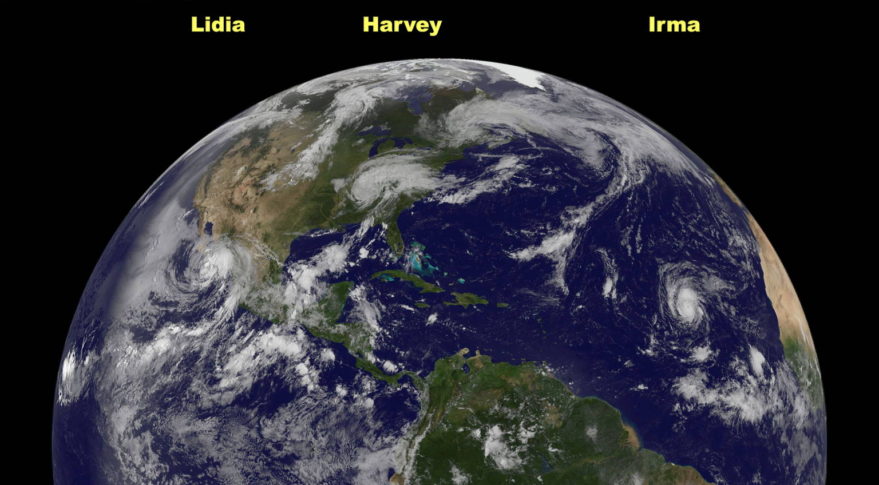NOAA Updates Its Weather Constellation and Retires an Old Workhorse

AUSTIN, Texas — The National Oceanic and Atmospheric Administratio nannounced plans Jan. 8 to retire its decade-old Geostationary Operational Environmental Satellite (GOES) 13 to make way for its next generation: GOES 16 launched in 2016 and GOES-S scheduled to launch in March.
After a year of on-orbit checkout and validation of onboard instruments, GOES-16 was officially dubbed GOES-East in December when it began to act as NOAA's primary weather satellite staring down on the continental United States and Atlantic Ocean. [GOES-16 Satellite's Most Amazing Photos of Earth from Space]
NOAA plans to launch its second next-generation geostationary weather satellites, GOES-S, in March on an Atlas 5 rocket from Cape Canaveral Air Force Station in Florida.
Once NOAA confirms that satellite's capabilities, which can take as long as a year, it will replace GOES-15 as the agency's primary weather satellite focused on the western United States, Alaska, Hawaii and the Pacific Ocean.
This story was provided by SpaceNews, dedicated to covering all aspects of the space industry.
Get the Space.com Newsletter
Breaking space news, the latest updates on rocket launches, skywatching events and more!
Join our Space Forums to keep talking space on the latest missions, night sky and more! And if you have a news tip, correction or comment, let us know at: community@space.com.
Debra Werner is a correspondent for SpaceNews based in San Francisco. She earned a bachelor’s degree in communications from the University of California, Berkeley, and a master’s degree in journalism from Northwestern University. Debra is a recipient of the 1989 Gerald Ford Prize for Distinguished Reporting on National Defense. Her SN Commercial Drive newsletter is sent out on Wednesdays.










